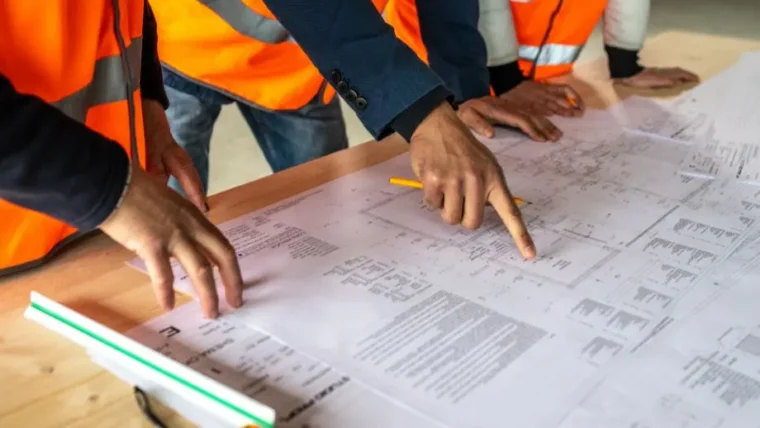Nutrient pollution is both pervasive and costly; it causes a major environmental challenge. The nutrients nitrogen and phosphorous are essential to plant and animal life and for maintaining a healthy ecosystem; however in excess, these nutrients can cause a problem to the environment, economy and human health. In aquatic environments where these nutrients are in abundance, a type of water pollution can occur known as eutrophication.
See last week’s blog on where excess phosphate comes from and why it can cause a problem.
How can we monitor and control phosphate levels in water?
Nutrient pollution cannot be solved via traditional ‘command and control approaches’ – since there are a diverse number of pathways and sources that it can be caused by.
It is essential to research, monitor and evaluate nutrient levels to characterise the nature of eutrophication. Measuring levels of nutrients in the water is an important water quality parameter to indicate pollution.
Nutrients exist in a variety of forms and differ temporally and spatially in aquatic environments. While monitoring nutrient levels in water and gaining data to make informed decisions about how to tackle eutrophication is extremely important, existing methods are not capturing this complexity and are expensive to use.
The nutrient sensor challenge
The nutrient sensor challenge, organised by the Alliance of Coastal Technologies (ACT), invited companies to attempt to develop affordable, accurate and reliable nutrient sensors. The sensor had to accurately measure dissolved phosphate and/or nitrate whilst being simple to use and less than $5,000 to buy.
According to ACT, end users need affordable, reliable nutrient sensors, specifically:
- Government agencies;
- Local governments;
- Federal agencies;
- Drinking water and wastewater treatment facilities;
- Aquaculture operations, greenhouses and aquariums;
- University researchers and laboratories;
- Environmental groups;
- International organisations.
The winners of this challenge were an Italian company called Systea, who developed the WIZ (Water In-situ Analyzer) probe.
Using accurate and reliable sensors would help to improve measurement and monitoring of nutrient levels in water and consequently forecast nutrient levels and track progress of potential water pollution.
While nutrients are important for plant and animal life, in excess they can cause problems which affect human health, the economy, and the environment. Monitoring nutrient levels in water is important for managing pollution levels in bodies of water and preventing future eutrophication.









